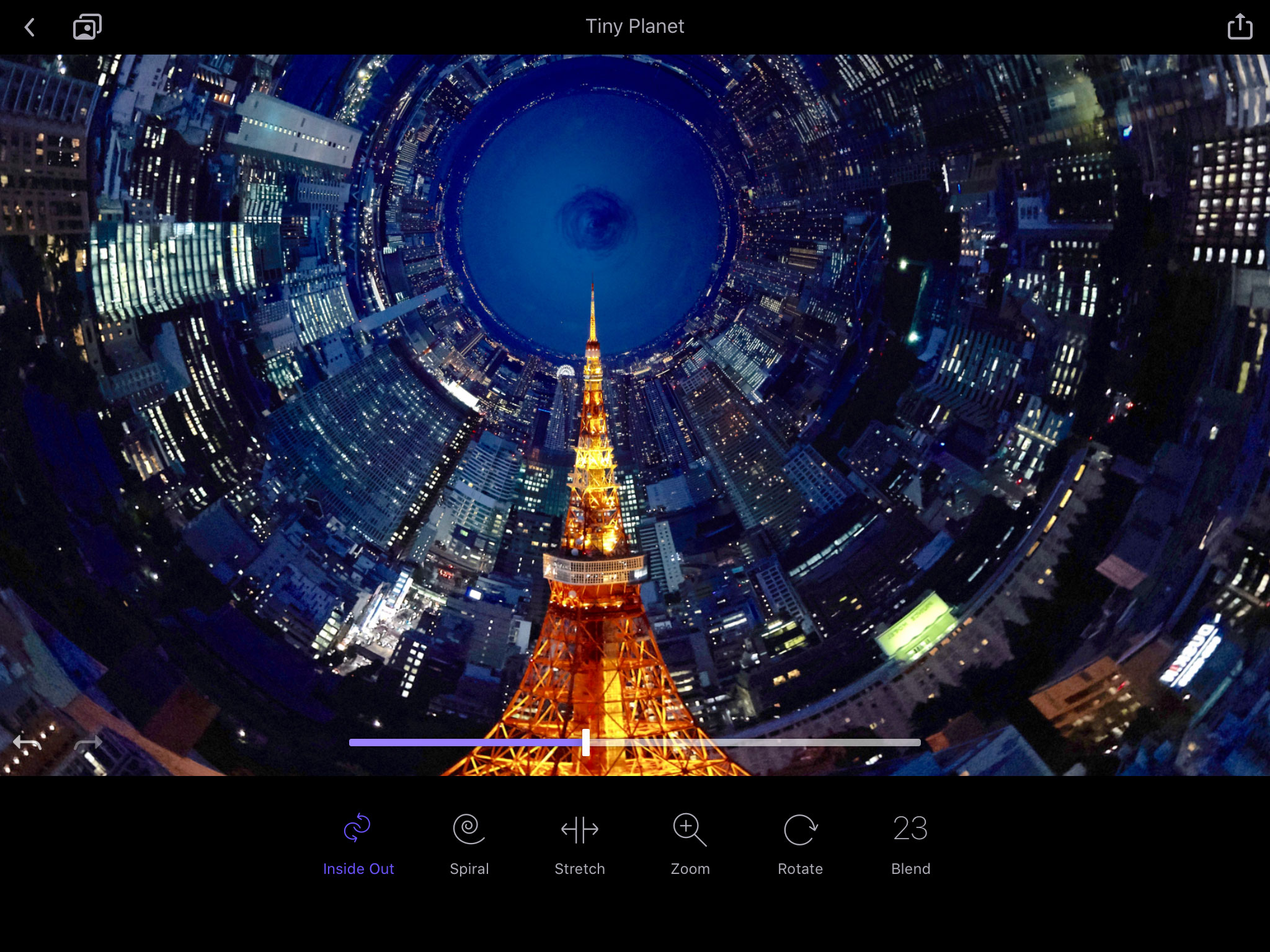
If you’re not seeing either of these in the vertical toolbar and are wondering where the dodge and burn tool is in Photoshop, you can find them nested within the Sponge tool. The Burn tool looks like an open-handed fist, since this was what was used to direct the light while burning. The Dodge tool looks like a lollipop (it’s meant to look like the masking tape on a wire loop that was used in the darkroom). One of the simpler methods is using the dodge and burn tools that Photoshop provides. Here are a few of the most popular techniques used by photographers. Like many things in Adobe Photoshop, dodging and burning can be done in many different ways. Photographers also use dodge and burn to add a number of creative effects, especially in black and white photography or when creating a digital stencil. On the most basic level, it can be used when you want to correct the exposure in selected areas of an image while not affecting the rest of the photo.ĭodge and burn techniques are also frequently used to highlight a subject, add depth to images, and/or take the eye of the viewer on a journey through the image. While not strictly necessary, dodging and burning can definitively improve many images.

Why Is It Important to Dodge and Burn Your Photos? One of the key tools for this is dodging and burning. To achieve the look and tonal contrast of the original scene with a single exposure, you’ll likely need to lighten some areas and/or darken others. In the digital world, this is more often referred to as tone mapping, but the concept is still the same. When making prints, the dynamic range is compressed even further, so to make an image look like it did to the eye, dodging and/or burning is necessary. The reason dodging and burning is needed is because camera sensors – even large ones – cannot capture the actual dynamic range (ratio of light to dark) of a natural scene.

Since they were working with a film negative, ‘holding back’ light would lighten parts of a photo ( dodging) and adding light would darken other parts ( burning). In the darkroom, a photographer would expose (or not expose) different areas of a film negative to light. In the simplest terms, dodging increases the brightness of a selected area of an image and burning decreases the brightness.
#Photo editing dodge and burn app how to#
This tutorial will take a look at just what exactly dodging and burning is, and will teach you the basics of how to do it in 3 popular editing apps: Photoshop, Lightroom, and Luminar AI.

There are a number of ways to dodge and burn in post-processing software, though some methods work better than others. That’s why it’s important to learn what they are and how to use them. In the digital age, these techniques are still important for highlighting different areas of your photo, adding depth and perspective, and drawing your viewers’ eyes through the image. They’re a key element of his landscape photos – so much so that the techniques feature prominently in his book ‘The Print’. In the days of film photography, they were both necessary for creating striking and well-balanced shots.Īnsel Adams was particularly known for his fantastic use of dodging and burning.

Dodging and burning are two of the oldest artist post-processing techniques in the history of photo editing and photography.


 0 kommentar(er)
0 kommentar(er)
